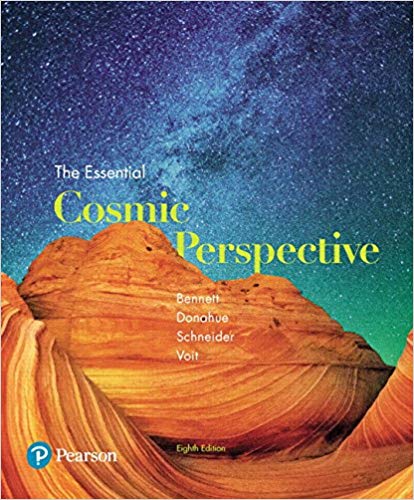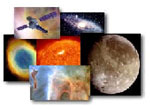
The wise man doesn't give the right answers, he poses the right questions. --Claude Levi-Strauss, Belgian anthropologist
Astronomy 100
Summer 2020
Igor Glozman
Office: 29-332
Tel: (206) 592-3510
email: iglozman@highline.edu
homepage: http://people.highline.edu/iglozman/
online (6087/6089): self-paced
Please visit the link on the left (or on the homepage) for the latest office hours.
*also
by appointment and whenever you can catch me

Survey of major topics in astronomy including scale of the cosmos, light and spectra, the night sky, and life cycles of the stars. The selection of topics will be driven to some extent by student interest.
Since the dawn of civilization, human beings have been asking themselves: Where does it all come from? Outside of religion, this question is perhaps best addressed in an astronomy class. Click here to see how astronomy can also help you with your social life.
Course objectives

- Have fun!!!
- Become an active member of a learning community.
- Learn to learn (see FAQs for some quick tips).
- Improve:
- critical thinking skills (not simply memorize facts).
- communication skills, written and oral.
- computer literacy.
- collaborative skills (see below).
- academic maturity (see below).
- Increase your scientific curiosity (beyond the course).
- Learn to apply knowledge outside of class.
- Have fun!!!
 Grading scale
Grading scale
Students often want to know where they stand in the class. While the question is difficult to answer with accuracy before all the assignments are turned in and the results compared to the rest of the class, the scale below should give you a rough idea.
| Decimal grade | Type of student |
| 4.0 | Exceptional student, strong in every aspect of the class. |
| 3.0 | Pretty good student, strong in most aspects of the class, with some weaknesses |
| 2.0 | Average student, weak in many areas but has a reasonable grasp of the important ideas |
| 1.0 | Serious issues with effort and motivation (or evidence thereof) |
| 0.0 | Little or no effort, virtually no motivation (or evidence thereof) |
For a more detailed analysis, please visit the grade calculator, http://people.highline.edu/iglozman/classes/gradecalc_ast.htm.
 Course content
(see Canvas for weekly updates)
Course content
(see Canvas for weekly updates)
- The sky and quick tour of the cosmos (ch.1-2)
- Copernican revolution (ch.3)
- Solar system and its origins (ch.6)
- Meteorites, asteroids, and comets (ch.9)
- Light and spectroscopy (ch.5)
- HR diagram (ch.11)
- Stellar evolution (ch.12-13)
- Terrestrial worlds (ch.7)
- Life in the Universe (ch.18)
- Other topics (based on student interest)
Chapters are based on Bennett's The Essential Cosmic Perspective, 6th ed.
 Quick
FAQs (including common gripes and excuses)
Quick
FAQs (including common gripes and excuses)